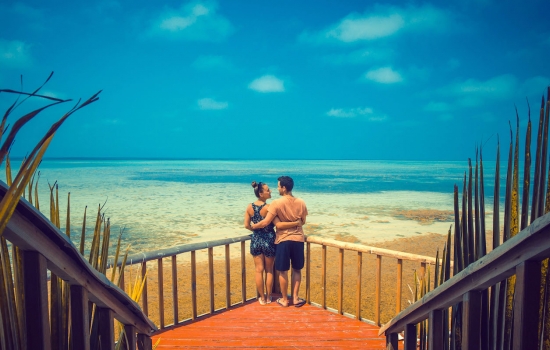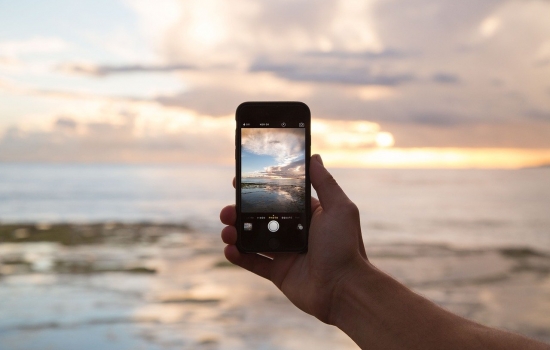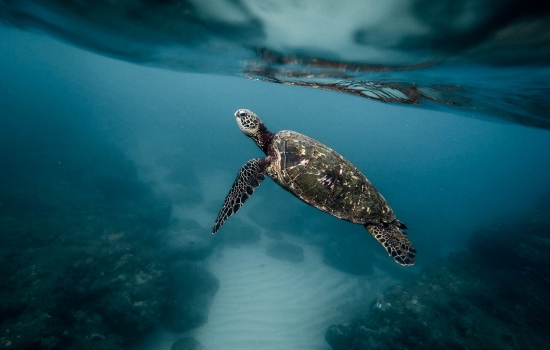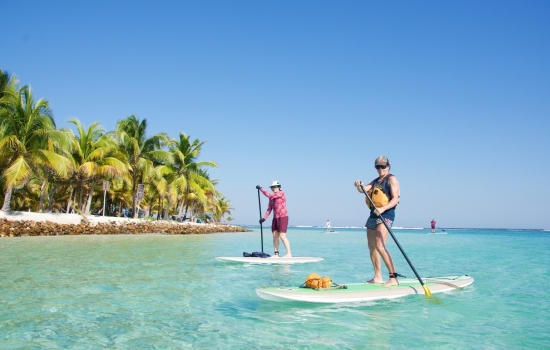Belize Vacations Guide - Belize Demographics  Culturally and demographically, Belize is an incredibly diverse nation. The diversity of this Central American society has been shaped by colonization as well as much immigration over the years. While the region's original Maya population was devastated by disease and conflict. When the Europeans arrived, there are still three Maya groups living in Belize -- the Yucatec, the Mopan and the Kekchi. The indigenous Maya now make up 11% of Belize's population which currently consists of more than 320,000 people.
Culturally and demographically, Belize is an incredibly diverse nation. The diversity of this Central American society has been shaped by colonization as well as much immigration over the years. While the region's original Maya population was devastated by disease and conflict. When the Europeans arrived, there are still three Maya groups living in Belize -- the Yucatec, the Mopan and the Kekchi. The indigenous Maya now make up 11% of Belize's population which currently consists of more than 320,000 people.  Approximately 50% of the Belize population is comprised of self identified Mestizos, a term which refers to people of combined indigenous and Spanish-European ancestry. The Mestizos represent the largest ethnic group in the country, followed by the Creole (Kriols) who make up approximately 25% of the population. Descendents of slave owners and slaves who were brought to Belize to participate in the logging industry, many Kriols have African, Jamaican and Nicaraguan ancestry. The remainder of the Belize population consists of the Garinagu (Garifuna), people of African, Arawak, and Caribbean ancestry, as well as immigrants from Asia, Syria, Lebanon and other parts of Central America. More recent history Belize has seen the arrival of North Americans, first in the form of Mennonite farming communities, and later ex-pat North Americans looking to retire or live in warmer climates.
Approximately 50% of the Belize population is comprised of self identified Mestizos, a term which refers to people of combined indigenous and Spanish-European ancestry. The Mestizos represent the largest ethnic group in the country, followed by the Creole (Kriols) who make up approximately 25% of the population. Descendents of slave owners and slaves who were brought to Belize to participate in the logging industry, many Kriols have African, Jamaican and Nicaraguan ancestry. The remainder of the Belize population consists of the Garinagu (Garifuna), people of African, Arawak, and Caribbean ancestry, as well as immigrants from Asia, Syria, Lebanon and other parts of Central America. More recent history Belize has seen the arrival of North Americans, first in the form of Mennonite farming communities, and later ex-pat North Americans looking to retire or live in warmer climates.  As a result of the ethnic and cultural diversity of Belize, several languages are spoken in the country and it is very common for citizens to be bilingual. As Belize, formerly known as British Honduras, was a British colony for more than 100 years, English is the nation's official language. However, less than 6% of the population speaks English as a main language at home. More than one third of the population speaks Creole (Kriol) as their main language while Spanish is spoken by much of the population either as a primary or secondary language. As for religion, Christianity is prominent in Belize. In fact, between 75 and 80% of the population identifies as Christian, with approximately 50% of Belize residents being Roman Catholics and roughly 30% being Protestants. There are also several non-Christian minorities in the country, including Buddhists and Taoists. Islam and the Rastafari movement have also been gaining followers in recent years, and this increased interest in non-Christian religions has added to the already rich diversity of this unique Central American nation.
As a result of the ethnic and cultural diversity of Belize, several languages are spoken in the country and it is very common for citizens to be bilingual. As Belize, formerly known as British Honduras, was a British colony for more than 100 years, English is the nation's official language. However, less than 6% of the population speaks English as a main language at home. More than one third of the population speaks Creole (Kriol) as their main language while Spanish is spoken by much of the population either as a primary or secondary language. As for religion, Christianity is prominent in Belize. In fact, between 75 and 80% of the population identifies as Christian, with approximately 50% of Belize residents being Roman Catholics and roughly 30% being Protestants. There are also several non-Christian minorities in the country, including Buddhists and Taoists. Islam and the Rastafari movement have also been gaining followers in recent years, and this increased interest in non-Christian religions has added to the already rich diversity of this unique Central American nation.
IE blog
Belize 2020 Paddle Boarding Trip in Photos
2020-02-13
Paddle board expert and instructor Norm Hann and guests recently joined us on the Coral Islands SUP trip.

12 Romantic Things to Do in Belize
2020-02-07
Belize is idyllic for a romantic getaway with its miles of beaches, idyllic palm-fringed tropical islands, lush rainforests, secluded eco-resorts, and endless natural beauty.

Belize Unplugged - A Digital Detox on Half Moon Caye, Lighthouse Reef
2020-01-29
A digital detox is a term we are hearing more often. But what does this mean? It's a period during which a person refrains from using electronic devices such as smartphones or computers.

Belize Bans Single-Use Plastic
2020-01-24
In March 2018, The Government of Belize committed to phasing out the use of single-use plastics such as plastic shopping bags, drinking straws, Styrofoam, plastic food utensils, clamshells, flat plates and cups.

Lonely Planet - Mark Johanson "9 best places for long-distance SUP adventures"
2020-01-16
We are delighted to see Belize and our SUP trips featured in this recent Lonely Planet article as one of the “9 best places for long-distance SUP adventures”.

Combine Yoga and Paddling in Belize
2020-01-10
Belize is home to some of the most amazing landscapes in Central America.